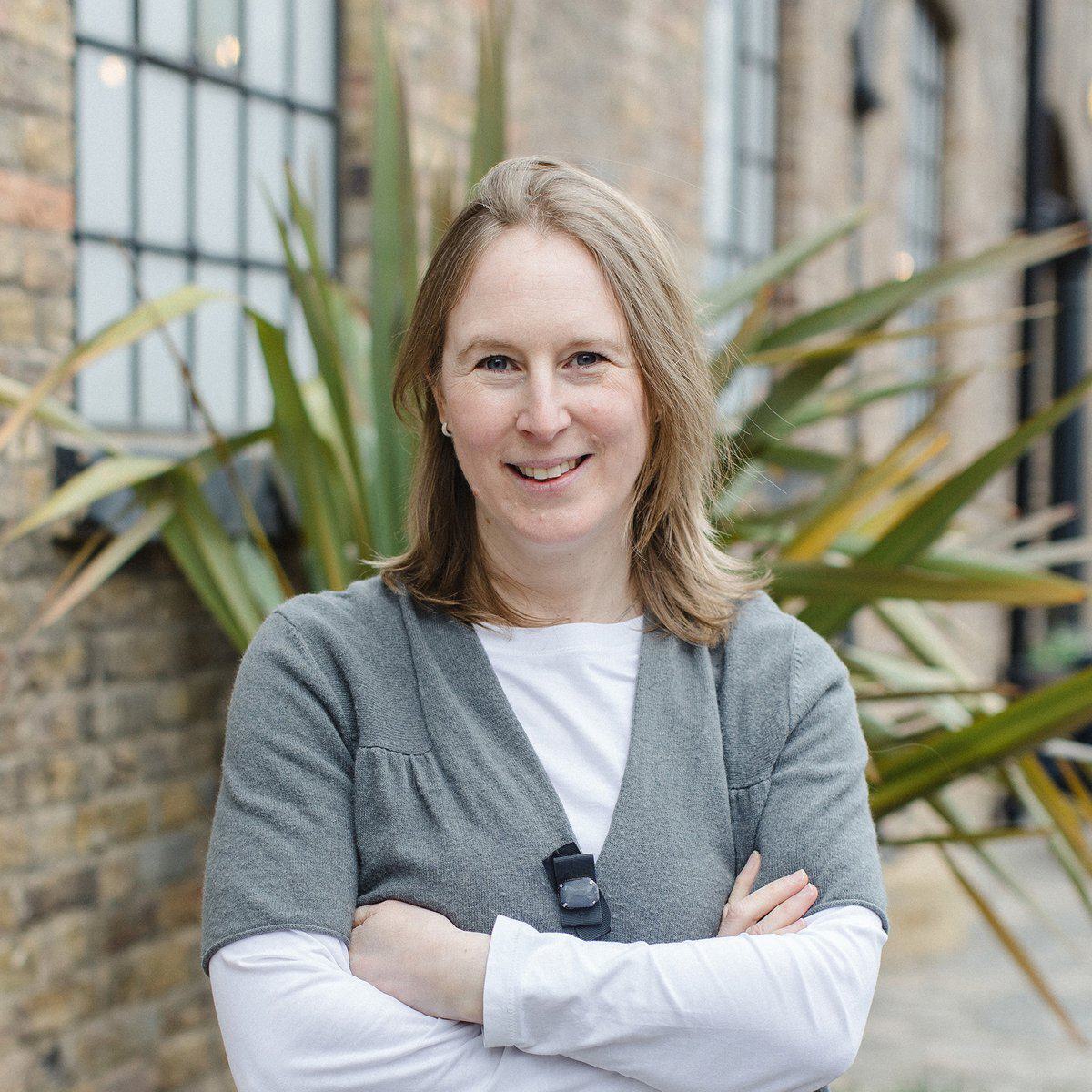New report explores in memory giving in multicultural Britain
As our population becomes more diverse, so too do the ways people express grief, remembrance, and generosity. In memory giving – donating to remember and honour the life of a loved one – has long been a significant and personal act. Now, new insights from Legacy Futures reveal that, for many donors, the motivations and methods of in memory giving are deeply rooted in culture and faith. Read on to find out more.
- Written by
- Anna Turner
- Added
- August 06, 2025

Understanding in memory giving
An in memory gift is a powerful tribute. It often reflects shared values and transforms grief into positive action, while supporting causes that were meaningful to a loved one.
For charities, understanding the potential of this vital income source is essential. The motivation behind in memory giving arguably transcends all other areas of fundraising. To truly engage with potential donors, charities must go beyond more ‘traditional’ methods. They need to understand what motivates these deeply personal donations, and how to engage and communicate with this supporter base meaningfully.
A new report by Legacy Futures reveals that for many, cultural and religious influences are key to shaping both the motivations and methods of in-memory giving.
The 2024/5 study, part of the long-running annual In memory Insight programme, incorporates findings from multiple stages of research with charity supporters (including desk research, a consumer survey, and focus groups). It uncovers important patterns in behaviour, motivation, and donor experience across all areas of fundraising.
Faith and culture within in memory giving
The research reveals that over a third of people in the UK have made an in memory donation in the last year. And while grief touches everyone, the way people choose to remember and give back varies across faith and cultural lines.
Charitable giving and acts of generosity are fundamentally important to all religions and often have an important role in mourning rituals and grieving processes. For some donors, the act of in memory giving is about honouring a tradition or fulfilling a religious obligation. And for others, it is a means of providing spiritual benefit to the deceased and ensuring that their values live on.
The research found that people who identified with a religion were more likely to give in memory than those who did not. However, religious traditions can have an impact even for individuals who no longer actively practise – as they often fall back on faith-based traditions when commemorating loved ones or choosing to honour their loved ones’ faith through their donations. Whether driven by belief, custom, or community norms, religion continues to shape giving behaviours.
Different forms of in memory giving
While funeral donations remain the most common method of in memory giving, the research shows a rich variety of other approaches, many of which are preferred by non-Christian faith groups.
Supporters from Muslim, Hindu, Sikh, and Jewish backgrounds were more likely to give through ‘other’ donations. These could be, for example, one off donations, anniversary gifts or remembrance events which often carry deep personal or spiritual meaning.
For Muslim donors in particular, regular in memory giving – as opposed to one-off donations – is commonplace, driven by the act of Sadaaqah Jariyah (a charitable act believed to provide ongoing benefits to the deceased in the afterlife).
The findings also highlight that while health charities receive the largest share of in memory donations overall, this is not the same for all ethnic groups, with Asian and Black donors more likely to support faith or community-based charities. This has important implications for any charity hoping to connect meaningfully with a broader supporter base.
The importance of inclusivity
Representation is a crucial factor in ensuring that donors feel seen, understood, and appreciated. However, efforts to reflect diversity in campaigns must be approached with sensitivity and authenticity.
Promoting the concept of genuine value exchange – not just what the community can do for the charity but how the charity can provide for the community too – can help ensure that charities don’t come across as opportunistic and communities don’t feel like a financial target.
People connect with stories and can often see themselves in the scenarios shared. Sharing real experiences of in memory donors from diverse backgrounds is a powerful tool to authentically demonstrate inclusivity. Storytelling can help bridge cultural divides and showcase the positive impact of remembrance, love and generosity, and the value it brings to the supporter as well as the charity.
Opportunities for fundraisers
These insights offer not only a greater understanding of in memory donors but also key opportunities where charities and fundraisers can improve their donor engagement and support:
- Align in memory giving with equality, diversity and inclusion (EDI) goals: It’s likely that your organisation already has EDI objectives in place. Consider how in memory fundraising can support these goals. Can your in memory programme help ensure equitable representation? Are there cultural, religious, linguistic, or other barriers that need to be addressed?
- Deepen supporter understanding: Customer relationship management (CRM) systems are often imperfect, so you need to go beyond what your CRM tells you and find ways to fill in some of the gaps. Speak to supporters and devise ways to conduct your own research so you can actively listen to a more diverse variety of voices. A richer understanding of motivations, traditions and preferences can help shape more relevant and respectful in memory offerings.
- Audit for inclusivity: Take a fresh look at your in memory content, materials, and offerings. Are your donation forms, online pages, and follow-up communications inclusive in tone and language? Are there any barriers stopping people from certain communities from engaging with your in memory products? Inclusive storytelling isn’t only good practice – it’s essential for building trust and lasting relationships.
Final thoughts – promoting inclusivity for meaningful impact
For many donors, especially those from diverse cultural and faith backgrounds, in memory giving is much more than just a transaction. It’s a continuation of values, a way to honour life, and a source of comfort in grief.
In memory giving is deeply personal, often tied to the identity and values of the person being remembered. Our research shows that faith and culture can play a powerful role in shaping how people remember loved ones through giving. This creates a clear opportunity, and responsibility, for charities to ensure their in memory offerings are welcoming and inclusive to all.
Whether it is auditing for inclusivity to ensure there are no barriers to entry in communications and/or offerings, aligning with wider EDI objectives, or using storytelling to demonstrate representation in an authentic way, there is much that charities can do to make sure no supporter feels excluded at such an important time.
Key takeaway
As Britain becomes increasingly diverse, in memory giving is no longer a one-size-fits-all proposition. Fundraisers who take time to understand the cultural and faith-based motivations behind remembrance giving, and design truly inclusive experiences, won’t just raise more income. They’ll build trust, deepen relationships, and ensure that no supporter feels left out at their most meaningful moments of generosity.
For more on this topic, view our public briefing on this report here.

















